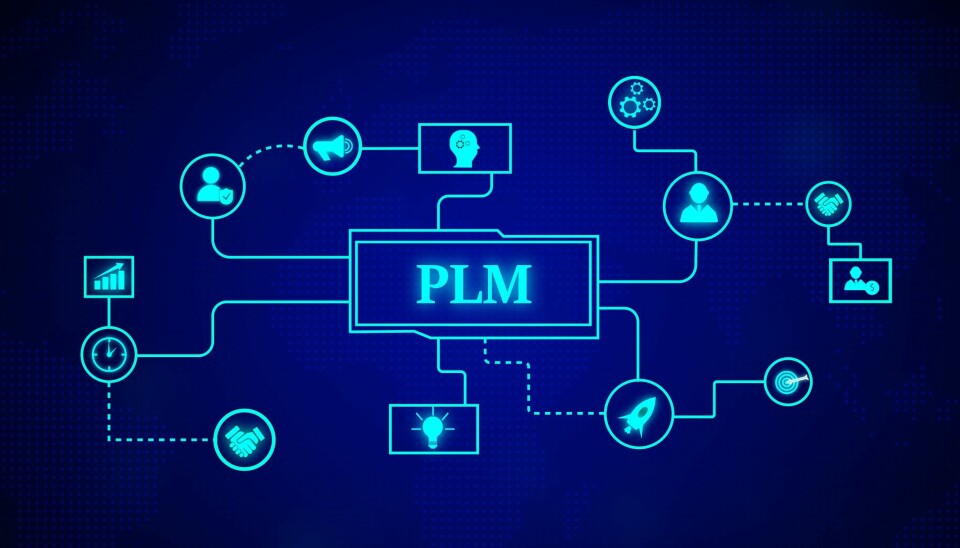Holistic product strategy
Five trends in product lifecycle management

Integrated product lifecycle management (PLM) strategies can help companies manage their product data and information efficiently - throughout the entire lifecycle from development to recycling.
Digitalization presents companies with ever new challenges. Products are becoming more complex, and networking via the Internet of Things is steadily increasing. Integrated product lifecycle management (PLM) strategies help with this. However, the path to achieving this is often still rocky, as a look at current trends by the globally operating software company Revalize shows.
Status quo: Discrepancy between vision and reality
Product data management (PDM) for pure product data management and data management systems (DMS) can be found in almost all companies. However, the complete PLM concept with comprehensive coverage of all phases from innovation, design, production, service to disposal is still a thing of the future. Especially in industries such as energy, maritime shipping, or offshore industry, vision and reality in lifecycle management are far apart.
Automotive as a PLM pioneer
The pioneers here are primarily the automotive manufacturers. Driven by the increasing product complexity and the degree of networking of vehicles, they recognized the need for integrated PLM solutions early on. Other industries should now quickly catch up, as the advantages of holistic product management are obvious: more efficient processes, cost reduction, increased product quality, and customer satisfaction.
Overcoming challenges
So far, many companies are still hesitant to introduce a company-wide PLM strategy. Concerns about complexity, costs, and effort are often too great. Inherent risks are added: processes often develop faster than systems can adapt. If maintenance and upkeep fall by the wayside, acceptance among the workforce wanes - then bad investments threaten.
Success factors for PLM implementation
To take advantage of the outlined trends and pave the way for a seamless product strategy, companies should consider some key points: creating consistent, transparent end-to-end continuity across all PLM phases. A central, overarching data backbone serves as the basis for all process steps. And last but not least: the focus should be on the future to avoid being left behind in digitalization.
The message is clear: even if the path to a fully integrated PLM strategy is still rocky, there is no way around holistic transformation. Products and process chains are becoming increasingly networked and complex. Those who miss the connection here also lose the productivity and competitive advantage. PLM is the key to future viability in the smart factory and digital value chain.
Source: Revalize